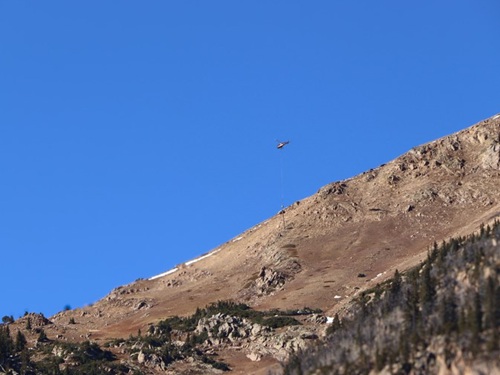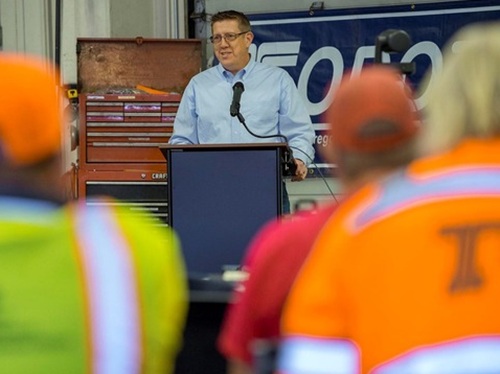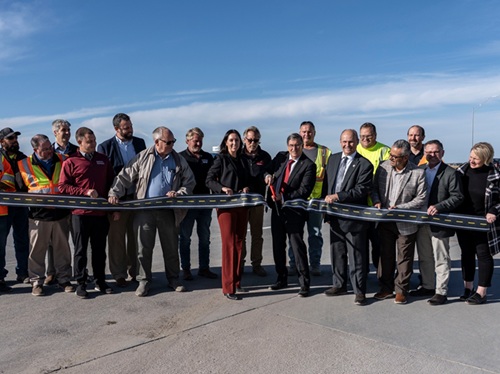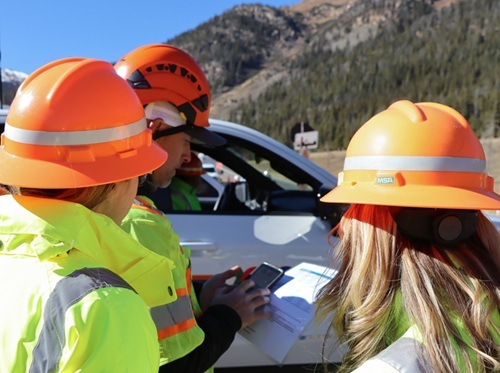Recently, the Colorado Department of Transportation successfully tested a new $800,000 Remote Avalanche Control System on the east side of the Eisenhower Johnson Memorial Tunnels, marking what the agency describes as “a major step forward” in modernizing avalanche mitigation operations along the I-70 Mountain Corridor.
[Above photo by the Colorado DOT]
The newly installed Wyssen Avalanche Control system allows Colorado DOT’s Winter Operations Team to perform avalanche mitigation work eliminating the need for the long-standing World War II-era artillery previously used to clear snowpack in this area. By operating remotely, crews can safely conduct mitigation any time, day or night, while significantly reducing safety risks and traffic impacts for the traveling public.
“This technology represents a major advancement in how we keep I-70 open and safe during Colorado’s harsh winter storms,” said Brian Gorsage, Colorado DOT’s avalanche program manager, in a statement. “Remote Avalanche Control Systems allow our teams to work more safely, more efficiently and with far less disruption to drivers traveling this critical mountain corridor.”

He noted that Wyssen’s technology uses remotely deployed charges that can effectively influence large sections of snowpack with fewer shots than artillery methods. Colorado DOT added that it currently operates five Wyssen units in southern Colorado, which have already proven successful in improving safety and operational speed.
With this installation near the Eisenhower Johnson Memorial Tunnels, Colorado DOT said it can now mitigate avalanche hazards between mile points 211 and 218 before ski traffic begins in the morning, something not possible with its artillery system, which required daylight for operations. The new system will also significantly reduce the duration and frequency of traffic “holds” during mitigation work, the agency pointed out.
“This installation is part of our ongoing effort to strengthen safety and resiliency across Colorado’s mountain highways,” Gorsage emphasized. “Remote Avalanche Control System technology allows us to protect both motorists and our teams while keeping traffic moving.”
Other state departments of transportation have also been involved in testing new types of avalanche control systems.
For example, in February 2024, several state agencies in Alaska collaborated on a major test of drone-based avalanche mitigation technology; a system that uses Unmanned Aerial System or UAS craft to place and then remotely trigger explosives to create controlled avalanches in order to protect transportation infrastructure.
The Alaska Department of Transportation & Public Facilities and the Alaska Railroad Corporation used Drone Avalanche Reduction Technology or DART developed by Drone Amplified in January to place and then detonate explosives; safely setting off avalanches from a distance in order to protect vulnerable transportation infrastructure from damage.
 States
States
Kris Strickler to Step Down as Oregon DOT Director
November 14, 2025 States
States

